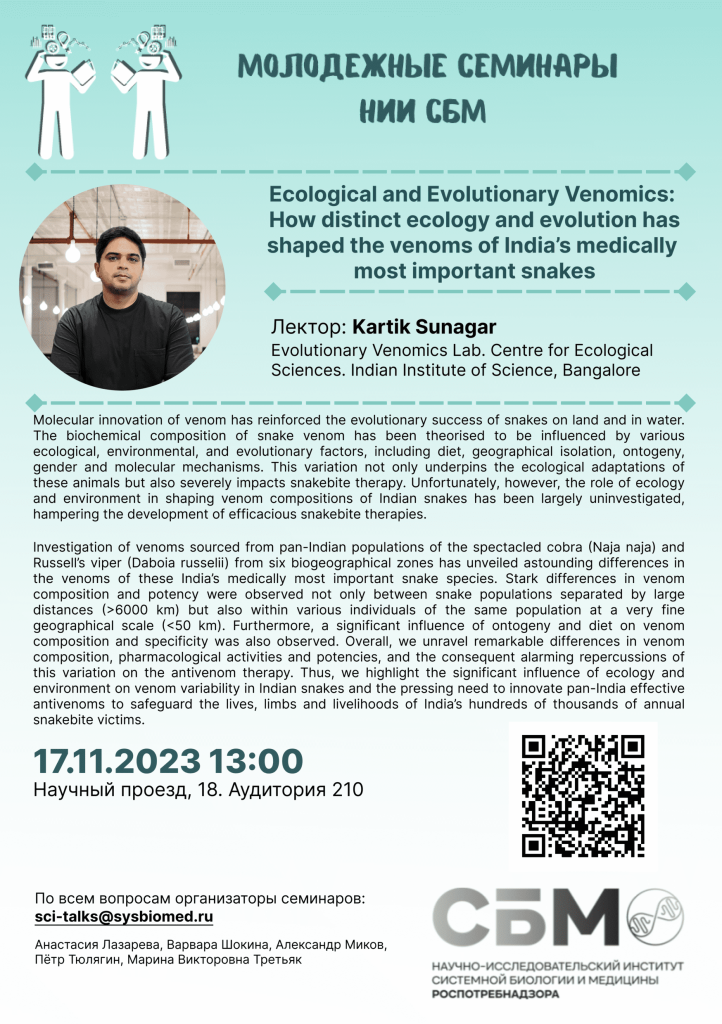- Главная
- Об институте
- Лаборатории
- Лаборатория простых систем
- Лаборатория системного анализа микроорганизмов
- Лаборатория мультиомиксных исследований
- Лаборатория дизайна искусственных ферментов
- Лаборатория инфекционной иммунологии
- Лаборатория вирусных систем
- Лаборатория математической биологии и биоинформатики
- Лаборатория цифрового мониторинга здоровья человека
- Лаборатория преодоления микробной резистентности
- Лаборатория экспериментальных моделей
- Лаборатория биоэлектрохимии
- Лаборатория микро- и нанофлюидики
- Лаборатория биомолекулярного компьютерного дизайна
- Лаборатория эпидемиологии человека
- Наши публикации
- Новости
- Контакты
- Сведения об образовательной организации
- Основные сведения
- Структура и органы управления образовательной организации
- Документы
- Образование
- Образовательные стандарты
- Материально-техническое обеспечение и оснащенность образовательного процесса
- Стипендии и меры поддержки обучающихся
- Платные образовательные услуги
- Вакантные места для приема (перевода) обучающихся
- Доступная среда
- Международное сотрудничество
- Качество ДПО
- Календарь конференций
- Итоговые конференции НИИ СБМ




